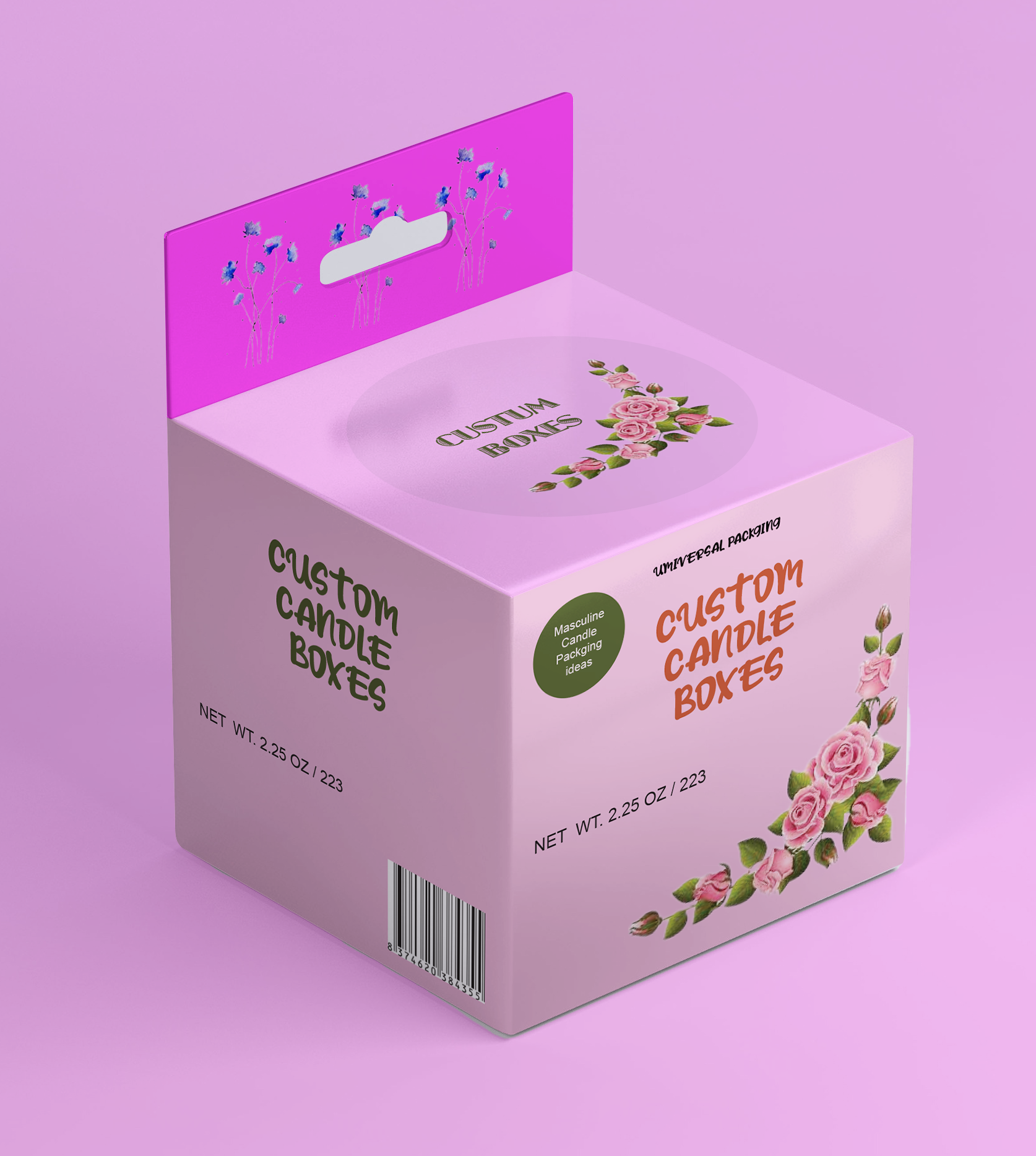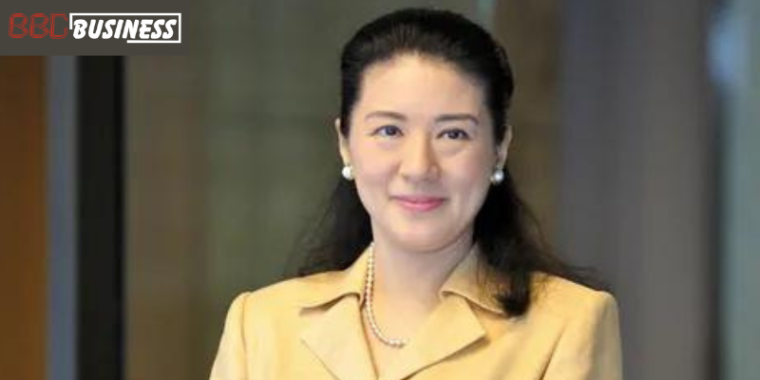Introduction to Candle Boxes
Candle boxes are containers specifically designed to hold candles. They come in a variety of shapes, sizes, and materials, and are used to protect and showcase candles. Candle boxes are essential for businesses that sell candles, as they not only provide a protective barrier but also help to promote and brand the product. They can also be used as gift packaging for candles, adding an extra layer of personalization and appeal. Candle boxes can be plain and simple or decorated with graphics, logos, or other design elements, depending on the intended use and audience.
Importance of Candle Boxes
Candle boxes are important for several reasons:
- Protection: Candle boxes provide a protective barrier for candles during transportation and storage. They help to prevent damage to the candles, such as dents, scratches, or breakage, which can affect their appearance and performance.
- Branding: Candle boxes can be customized with a company’s logo, colors, and other design elements to help promote and brand the product. A well-designed candle box can help to create a memorable impression and make the product stand out from competitors.
- Marketing: Candle boxes can be used as a marketing tool to communicate key product features, such as scent, size, and burn time. They can also include information about the company and its values, creating a sense of connection and trust with customers.
- Gift packaging: Candle Boxes can be used as gift packaging for candles, adding an extra layer of personalization and appeal. They can be customized with messages, graphics, or other design elements to create a unique and memorable gift.
Overall, candle boxes are essential for businesses that sell candles, as they not only provide protection but also serve as a powerful marketing and branding tool. They can help to create a positive impression of the product and company, leading to increased sales and customer loyalty.
Materials Used for Candle Boxes
There are several materials that can be used for making candle boxes, depending on the intended use and budget:
- Cardboard: Cardboard is one of the most common materials used for making candle boxes. It is affordable, lightweight, and can be easily printed and customized with a variety of design elements. Cardboard candle boxes are available in different thicknesses and can be made with recycled materials, making them a more eco-friendly option.
- Kraft paper: Kraft paper is a popular material for making candle boxes as it is strong and durable, yet eco-friendly. It has a natural, rustic look that is popular with customers and can be customized with graphics, logos, or other design elements.
- Metal: Metal candle boxes are a more expensive option, but they offer excellent protection and durability. They are often used for luxury or high-end candles and can be customized with embossed or engraved designs.
- Glass: Glass candle boxes are a popular option for displaying and protecting candles. They provide a clear view of the product and can be decorated with graphics or logos.
- Plastic: Plastic candle boxes are a lightweight and affordable option. They are often used for travel candles or as a secondary layer of protection within a larger candle box.
Overall, the choice of material for candle boxes will depend on the intended use, budget, and desired aesthetics. Each material has its own unique properties and advantages, and it’s important to choose the right material to ensure the protection and promotion of the product.
Sizes and Shapes of Candle Boxes
Candle boxes come in a variety of sizes and shapes to accommodate different types of candles and meet the needs of various manufacturers and customers. Here are some of the most common sizes and shapes of candle boxes:
- Rectangular: Rectangular candle boxes are the most common shape and are available in a wide range of sizes to fit different candle dimensions. They can be customized with different design elements such as windows, handles, and dividers.
- Square: Square candle boxes are similar to rectangular boxes but have equal sides. They are a popular option for small to medium-sized candles.
- Cylinder: Cylinder candle boxes are shaped like tubes and are ideal for packaging pillar candles or tapered candles. They offer a unique look and can be customized with different colors and finishes.
- Hexagonal: Hexagonal candle boxes have six sides and provide a unique packaging option for candles. They are often used for novelty candles or as gift packaging.
- Pyramid: Pyramid candle boxes are shaped like a pyramid and are ideal for packaging votive candles. They offer a unique and eye-catching display for small candles.
- Custom Shapes: Custom shaped candle boxes can be designed to fit the specific needs of a manufacturer or customer. They can be created in any shape and size to provide a unique packaging solution.
Overall, the size and shape of candle boxes will depend on the type of candle being packaged, the marketing strategy, and the preferences of the manufacturer or customer. Customization options are available to ensure that the candle box fits the unique needs of the product and stands out in the market.
Candle Box Safety and Regulations
Candle box safety and regulations are important to ensure that candles are safely packaged and labeled for consumer use. Here are some of the key safety and regulatory considerations for candle box packaging:
- Material Safety: Candle boxes should be made from safe and non-toxic materials that are free from harmful chemicals or substances. Common materials used for candle boxes include cardboard, paperboard, and corrugated cardboard.
- Labeling: Candle boxes should be labeled with all necessary information about the candle, including the type of wax used, fragrance, burning time, and any safety warnings. Labels should be clear, concise, and easy to read.
- Flammability: Candle boxes should be designed to minimize the risk of fire . Prevent candles from igniting during storage or transportation. Boxes should be flame-resistant and designed to prevent candles from tipping or falling over.
- Child Safety: Candle boxes should be designed with child safety in mind and should be difficult for children to open. Boxes should be tested to ensure that they are child-resistant and comply with industry standards.
- Environmental Sustainability: Candle boxes should be designed with sustainability in mind and should be made from eco-friendly materials whenever possible. Boxes should be recyclable or biodegradable to minimize their impact on the environment.
Overall, candle box safety and regulatory compliance are important to ensure that candles are safely packaged and labeled for consumer use. Manufacturers and suppliers should work closely with regulatory agencies and industry organizations to stay up-to-date with the latest safety requirements and best practices. https://universalpackaging.ca








